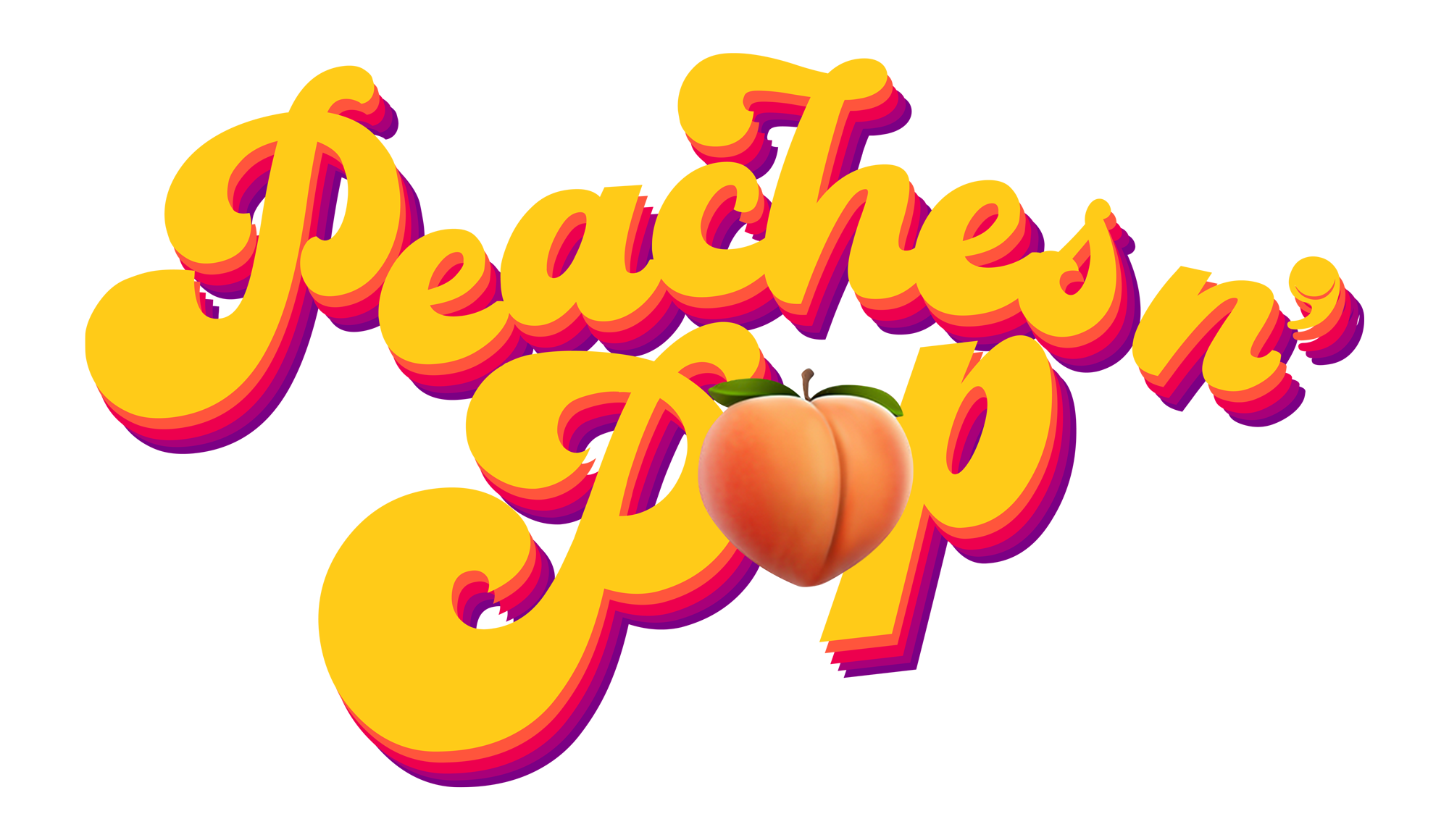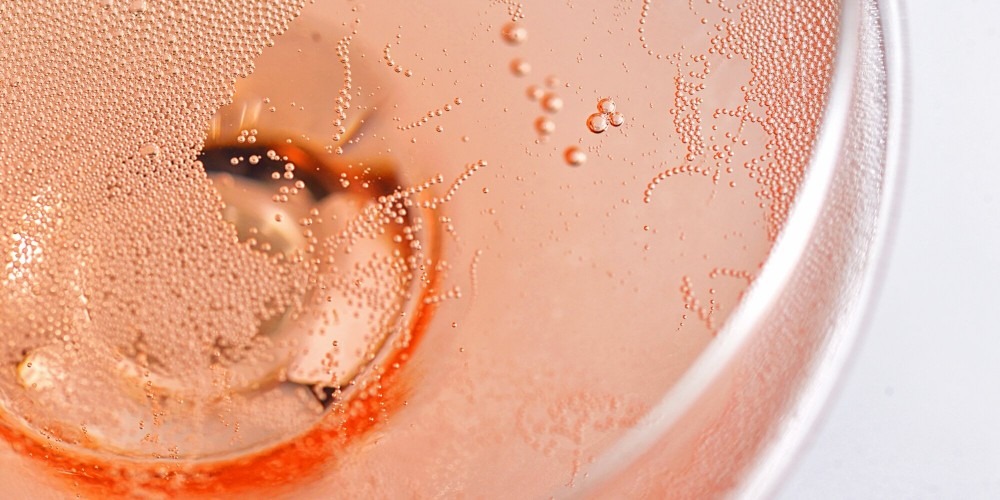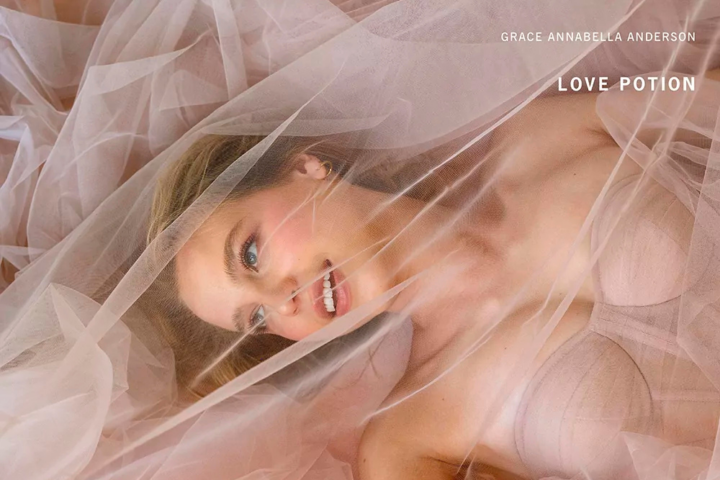I've always been a firm believer that bubbles should not only be enjoyed on New Year's Eve or special occasions—especially pink bubbles. So I was thrilled when the Denominazione di Origine Controllata (DOC) consortium gave its final stamp of approval making Prosecco Rosé official starting January 1, 2021. I tend to enjoy the crisp, aromatic young wine year-round, as it can be added to cocktails like Mimosas and Bellinis. But any rosé lover should know that there are a few key differences that set Prosecco Rosé apart from regular sparkling rosé.
READ MORE: 10 Pink Wines That Are Perfect for Winter Nights
Prosecco Rosé
Regulatory measures like varietal breakdown, color, and fermentation set Prosecco Rosés apart from other pink sparkling wines. To be labeled as Prosecco Rosé, grapes must come from a specific geographic area that has passed the Italian Government's quality requirements. The majority of Prosecco Rosé comes from Glera grapes (about 85%), and the rest from Pinot Noir (about 10-15%). Sparkling rosé wines can be made with different grape selections from various regions. Italy's DOC guidelines require that Prosecco Rosé be fermented for at least 60 days in stainless steel tanks. Other sparkling rosé wines do not have this requirement, and sometimes only need to be fermented for as little as one week.
READ MORE: The Difference Between Champagne and Sparkling Wine
Sparkling Rosé
Sparkling rosés are made in a broad range of styles all around the world. From light and floral to rich, full-bodied, and fruity, they are created by the simple formula of sugar + yeast = alcohol and carbon dioxide—and then not allowing the resulting gas to escape. When you ferment wine in a closed or sealed environment, the carbon dioxide returns to the wine, only to be released in the form of tiny bubbles after opening. With a varied emphasis on fruitiness, bubble size, and methods, many countries have their own version. Some popular varieties from different regions are:
Cava: A Spanish sparkling wine made from Macabeu grapes.
French Sparkling Wine: Sparkling wines can come from regions in France outside of Champagne, and are made in sweet, dry, and rosé varieties.
American Sparkling Wine: Endless types of wines, some using traditional Champagne grapes, others with completely different blends.
Sekt: A German sparkling wine that can vary in sweetness and dryness and is typically less alcoholic than Champagne.





